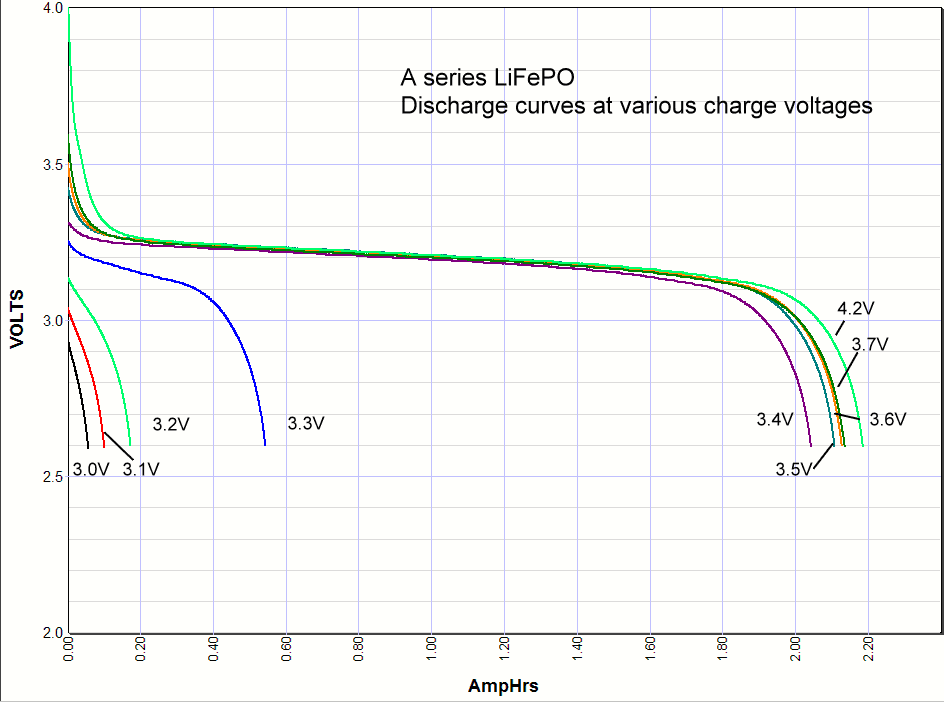Alternative doing it your way.
1. Make sure you have the cells perfectly BB
2. Connect in series and charge with solar setting the MNS to 14.4 volts.
3. Monitor charging. as it progresses one cell voltage will be higher than the others.
4. Count Amp Hours as you go.
5. When weak cell shoots up from roughly 3.4 to 3.6 volts it is fully charged.
6. Do your discharge test and measure amp hours.
7. Stop Discharge when weak cell reaches 2.5 volts, or any cell reaches 2.5 volts.
8 Now you at least now what the weak cell capacity is.
1. Make sure you have the cells perfectly BB
2. Connect in series and charge with solar setting the MNS to 14.4 volts.
3. Monitor charging. as it progresses one cell voltage will be higher than the others.
4. Count Amp Hours as you go.
5. When weak cell shoots up from roughly 3.4 to 3.6 volts it is fully charged.
6. Do your discharge test and measure amp hours.
7. Stop Discharge when weak cell reaches 2.5 volts, or any cell reaches 2.5 volts.
8 Now you at least now what the weak cell capacity is.

Comment